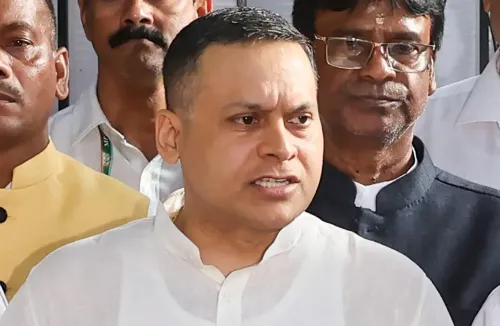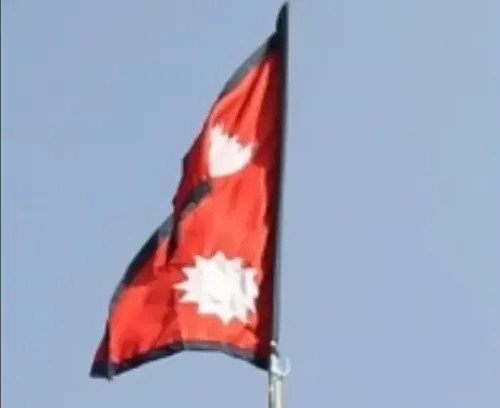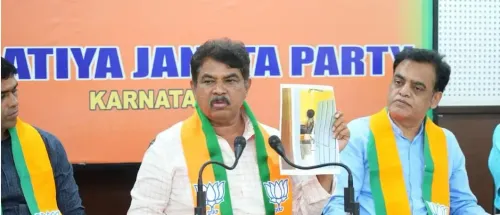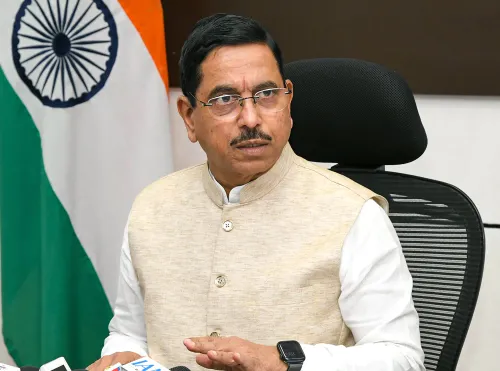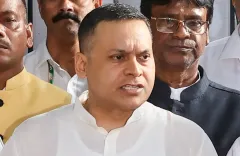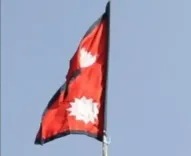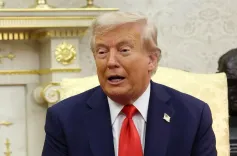Could a Judicial Probe Reveal the Truth Behind the Ahmedabad Air India Crash?
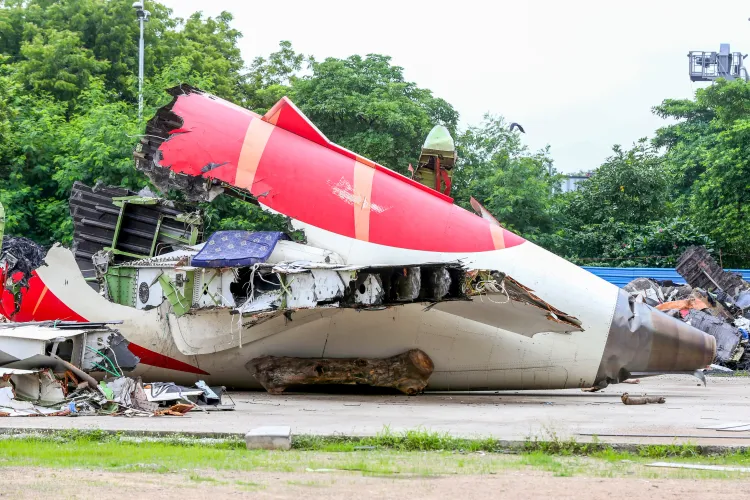
Synopsis
Key Takeaways
- Independent investigation is crucial for accountability.
- Concerns about pilot error being prematurely blamed.
- Call for examination of systemic issues in aviation safety.
- Importance of technical scrutiny in crash investigations.
- Need for transparency in the investigation process.
New Delhi, Oct 16 (NationPress) The family of the late Captain Sumeet Sabharwal, who served as the Pilot-in-Command of the Air India aircraft that tragically crashed in Ahmedabad on June 12, has approached the Supreme Court. They are requesting the formation of a judicially monitored independent committee, headed by a retired Supreme Court judge, to thoroughly investigate the disaster that resulted in the loss of over 260 lives.
The petition claims that the investigation initiated by the Directorate General of Civil Aviation (DGCA) and the Aircraft Accident Investigation Bureau (AAIB) is flawed and contains significant deficiencies.
The preliminary report released on June 15 attributed the cause of the crash to pilot error, neglecting other significant systemic issues.
“The report hastily concludes the incident was due to pilot error without any supporting evidence or thorough technical examination, thus compromising both the integrity of the inquiry and the memory of the deceased crew,” the plea states.
The petition emphasizes that Captain Sabharwal had a distinguished career spanning over 30 years, accumulating more than 15,600 hours of incident-free flight time, including 8,596 hours on the Boeing 787.
Concerns were raised regarding the unexplained activation of the Ram Air Turbine (RAT), an emergency system, during take-off, prior to any crew input. “This early activation signifies a potential electrical or digital malfunction,” the petition argues, claiming the investigation overlooked the likelihood that faults in the Common Core System (CCS) could have led to a series of failures.
Invoking the principle of nemo judex in causa sua (no one should be a judge in their own cause), the petition asserts that the investigation team is predominantly composed of officials from the very aviation authorities being scrutinized, including the DGCA and the AAIB.
“Clause 3.2 of Annex 13 (of the Chicago Convention) stipulates that the investigative authority must operate independently from State aviation authorities or any entity that might interfere with the investigation. The current team, largely made up of State aviation officers and manufacturer representatives, clearly contravenes this independence requirement,” the plea contends.
The petition also critiques the selective and unauthorized release of cockpit voice recordings (CVR) to the public, which it describes as a means of discrediting the deceased pilots without evidence, constituting state-facilitated defamation and mental anguish for their families.
“These selective leaks have incited a damaging media narrative, resulting in the character assassination of the late Captain Sumeet Sabharwal,” the petition states.
Additionally, it alleges that misleading narratives implying suicidal intent have been circulated, violating his fundamental right to reputation as enshrined in Article 21 of the Constitution.
The petition challenges the investigation for its failure to consider prior incidents involving Boeing 787 aircraft, including the JAL battery fire (2013), ANA electrical failure (2013), and LATAM’s inflight upset (2024).
“The investigators’ neglect to engage with this historical context reflects a deliberate narrowing of inquiry inconsistent with international air crash investigation standards,” the plea argues.
“Despite these known vulnerabilities, the investigation did not seek technical clarifications from Boeing, GE, or Honeywell or commission independent software forensic or fault-injection testing,” it adds.
The petition concludes that the current investigative approach “not only undermines aviation safety and public trust but also violates the core principles of justice and fairness.”
“Only a judicially monitored, expert-led investigation, free from regulatory authorities, can guarantee a comprehensive, transparent, and credible assessment of the true causes of this tragedy, uphold accountability, and avert future catastrophes,” the plea maintains.

